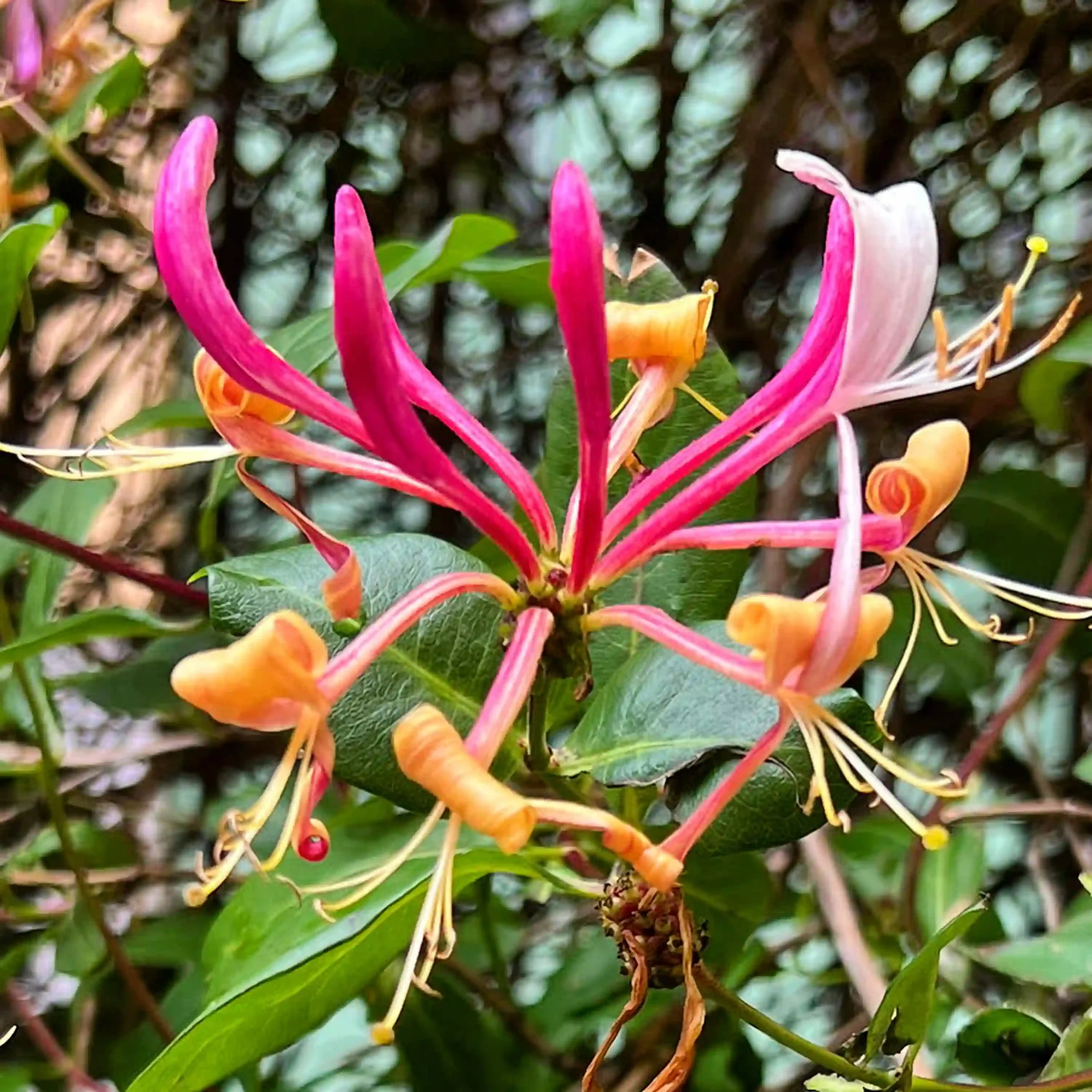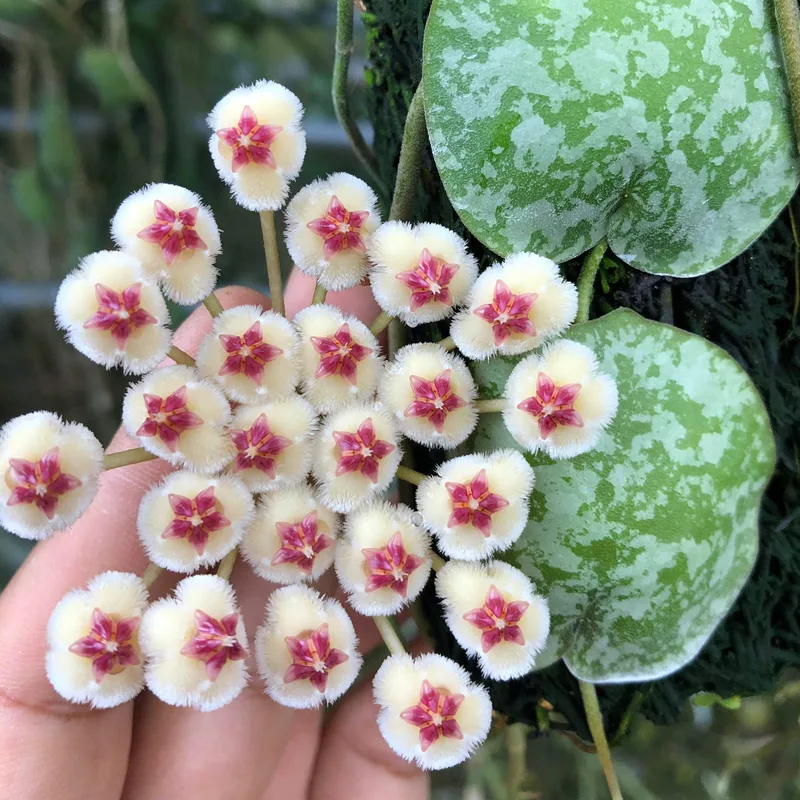Origanum: A World of Flavor Beyond the Pizza Spice Rack
My name is Ferb Vu, and while some might know me for my love of all things culinary, fewer know about my quiet obsession with the genus Origanum. Yes, I’m talking about oregano. But it’s so much more than the dried flakes you sprinkle on your pizza. This genus, a member of the mint family (Lamiaceae), offers a world of diverse flavors and aromas, and today, I want to share my fascination with you.
More Than Just Oregano: Exploring the Diversity of Origanum
When most people hear “oregano,” they think of that familiar pungent herb used in Italian cooking. But Origanum is a diverse genus boasting over 60 species, each with its own unique characteristics. Some are subtle and sweet, others intensely savory. Some are best suited for culinary use, while others shine as ornamental plants in the garden.
- Origanum acutidens (Hand.-Mazz.) Ietsw.
- Origanum × adae Dirmenci & T.Yazici
- Origanum × adanense Baser & H.Duman
- Origanum × adonidis Mouterde
- Origanum akhdarense Ietsw. & Boulos
- Origanum amanum Post
- Origanum ayliniae Dirmenci & T.Yazici
- Origanum × aytacii Dirmenci, T.Yazıcı & Arabacı
- Origanum × barbarae Bornm.
- Origanum bargyli Mouterde
- Origanum bilgeri P.H.Davis
- Origanum × bilgilii Dirmenci, T.Yazici & Arabaci
- Origanum boissieri Ietsw.
- Origanum brevidens (Bornm.) Dinsm.
- Origanum calcaratum Juss.
- Origanum compactum Benth.
- Origanum cordifolium (Montbret & Aucher ex Benth.) Vogel
- Origanum cyrenaicum Bég. & Vacc.
- Origanum dayi Post
- Origanum dictamnus L.
- Origanum × dolichosiphon P.H.Davis
- Origanum × dumanii Dirmenci, Arabaci & T.Yazici
- Origanum ehrenbergii Boiss.
- Origanum elongatum (Bonnet) Emb. & Maire
- Origanum floribundum Munby
- Origanum × font-queri Pau
- Origanum grosii Pau & Font Quer
- Origanum × haradjanii Rech.f.
- Origanum haussknechtii Boiss.
- Origanum husnucan-baseri H.Duman, Aytaç & A.Duran
- Origanum hypericifolium O.Schwarz & P.H.Davis
- Origanum × intercedens Rech.f.
- Origanum × intermedium P.H.Davis
- Origanum isthmicum Danin
- Origanum jordanicum Danin & Kunne
- Origanum × karpathicum Dirmenci, C.Catt. & Dimarchou
- Origanum laevigatum Boiss.
- Origanum leptocladum Boiss.
- Origanum libanoticum Boiss.
- Origanum × lirium Heldr. ex Halácsy
- Origanum majorana L.
- Origanum × majoricum Cambess.
- Origanum × malatyanum Yıldız, Arabaci & Dirmenci
- Origanum × malyeri Dirmenci & T.Yazici
- Origanum microphyllum (Benth.) Vogel
- Origanum × minoanum P.H.Davis
- Origanum minutiflorum O.Schwarz & P.H.Davis
- Origanum × munzurense Kit Tan & Sorger
- Origanum × nebrodense Tineo ex Lojac.
- Origanum onites L.
- Origanum × pabotii Mouterde
- Origanum pampaninii (Brullo & Furnari) Ietsw.
- Origanum petraeum Danin
- Origanum punonense Danin
- Origanum ramonense Danin
- Origanum rotundifolium Boiss.
- Origanum saccatum P.H.Davis
- Origanum scabrum Boiss. & Heldr.
- Origanum × sevcaniae Dirmenci, Arabaci & T.Yazici
- Origanum sipyleum L.
- Origanum solymicum P.H.Davis
- Origanum symes Carlström
- Origanum syriacum L.
- Origanum vetteri Briq. & Barbey
- Origanum vogelii Greuter & Burdet
- Origanum vulgare L. Plant FAQs: Oregano – Origanum Vulgare
The Beauty of Origanum: Beyond the Culinary World
While I love experimenting with different oregano species in my cooking, I also appreciate the aesthetic value of Origanum. Many species have beautiful flowers that add color and texture to gardens. They’re relatively easy to grow, drought-tolerant, and attract beneficial insects.
I’ve found that incorporating Origanum into my garden has not only enhanced its beauty but also provided me with a ready supply of fresh herbs for my culinary creations.
A Deeper Dive into the World of Flavors
The flavor profiles of different Origanum species are influenced by a variety of factors, including growing conditions, climate, and the specific chemical compounds present in the plants. These compounds, such as carvacrol, thymol, and linalool, contribute to the unique aroma and taste of each species.
For example, Origanum vulgare typically has a high carvacrol content, giving it its pungent, slightly peppery flavor. In contrast, Origanum majorana has a higher concentration of linalool, resulting in a sweeter, more floral aroma.
Understanding these nuances allows me to use Origanum more effectively in my cooking, creating dishes with complex and balanced flavors.
Origanum: A Genus with a Rich History
Origanum has a long and fascinating history, dating back to ancient times. The name itself is derived from the Greek words “oros” (mountain) and “ganos” (joy), meaning “joy of the mountain.”
In ancient Greece, oregano was associated with Aphrodite, the goddess of love, and was believed to symbolize happiness and good luck. It was also used for its medicinal properties, and Hippocrates, the father of medicine, recommended it for various ailments.
Today, Origanum continues to be valued for both its culinary and medicinal properties. Research has shown that oregano possesses antioxidant and antimicrobial properties, and it’s being investigated for its potential health benefits.
My Ongoing Exploration of Origanum
My journey with Origanum is far from over. I’m constantly learning about new species, experimenting with different flavors, and discovering new ways to incorporate this versatile genus into my life.
Whether I’m using it to add a burst of flavor to my favorite dishes or simply enjoying its beauty in my garden, Origanum continues to fascinate and inspire me. I encourage you to explore the world of Origanum for yourself and discover the many wonders it has to offer.
If i die, water my plants!



